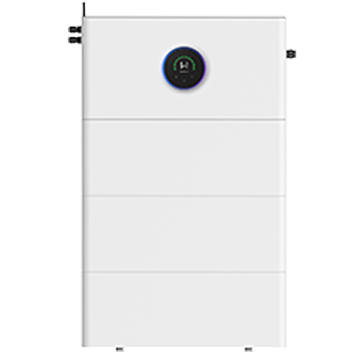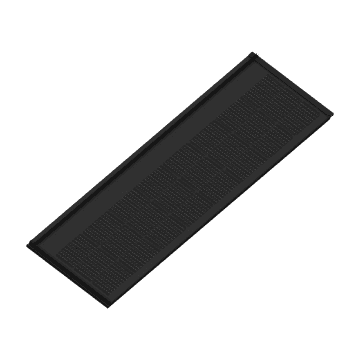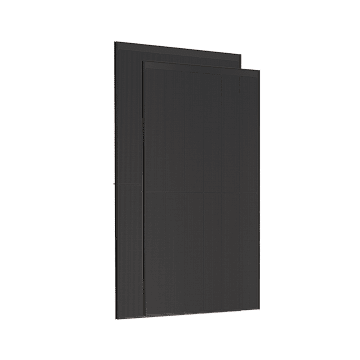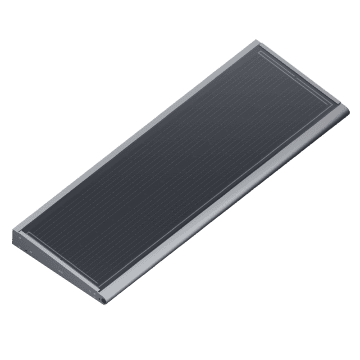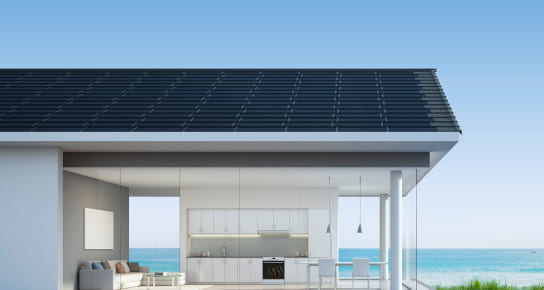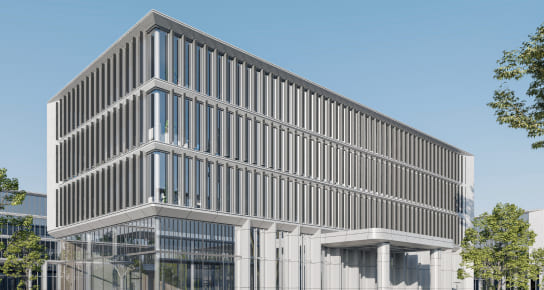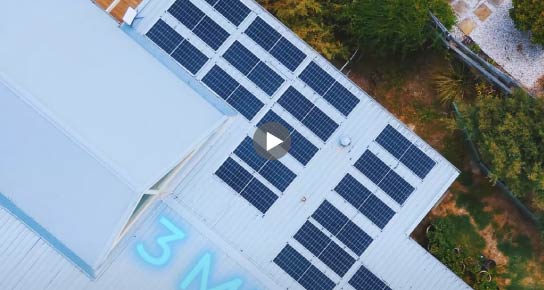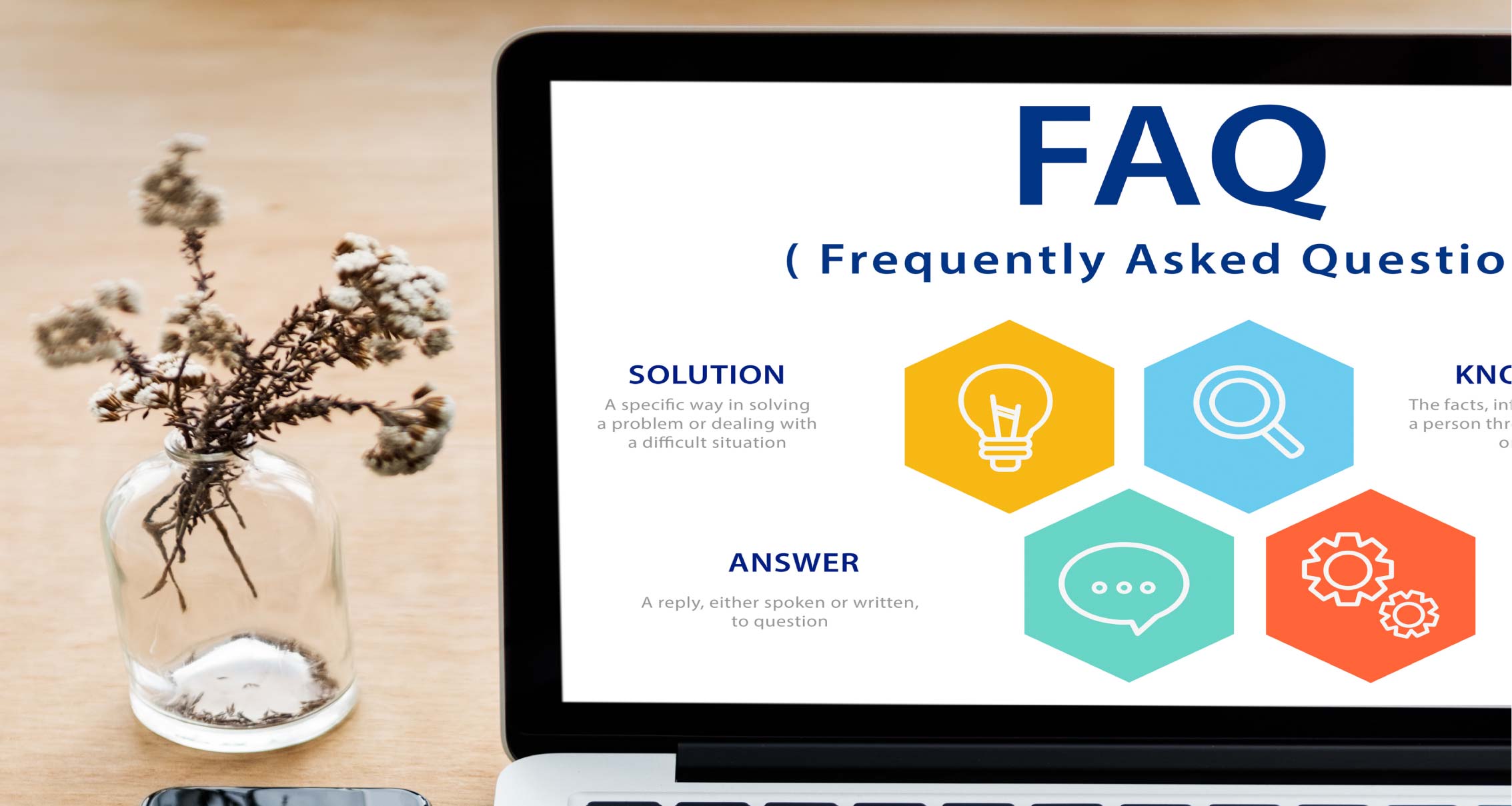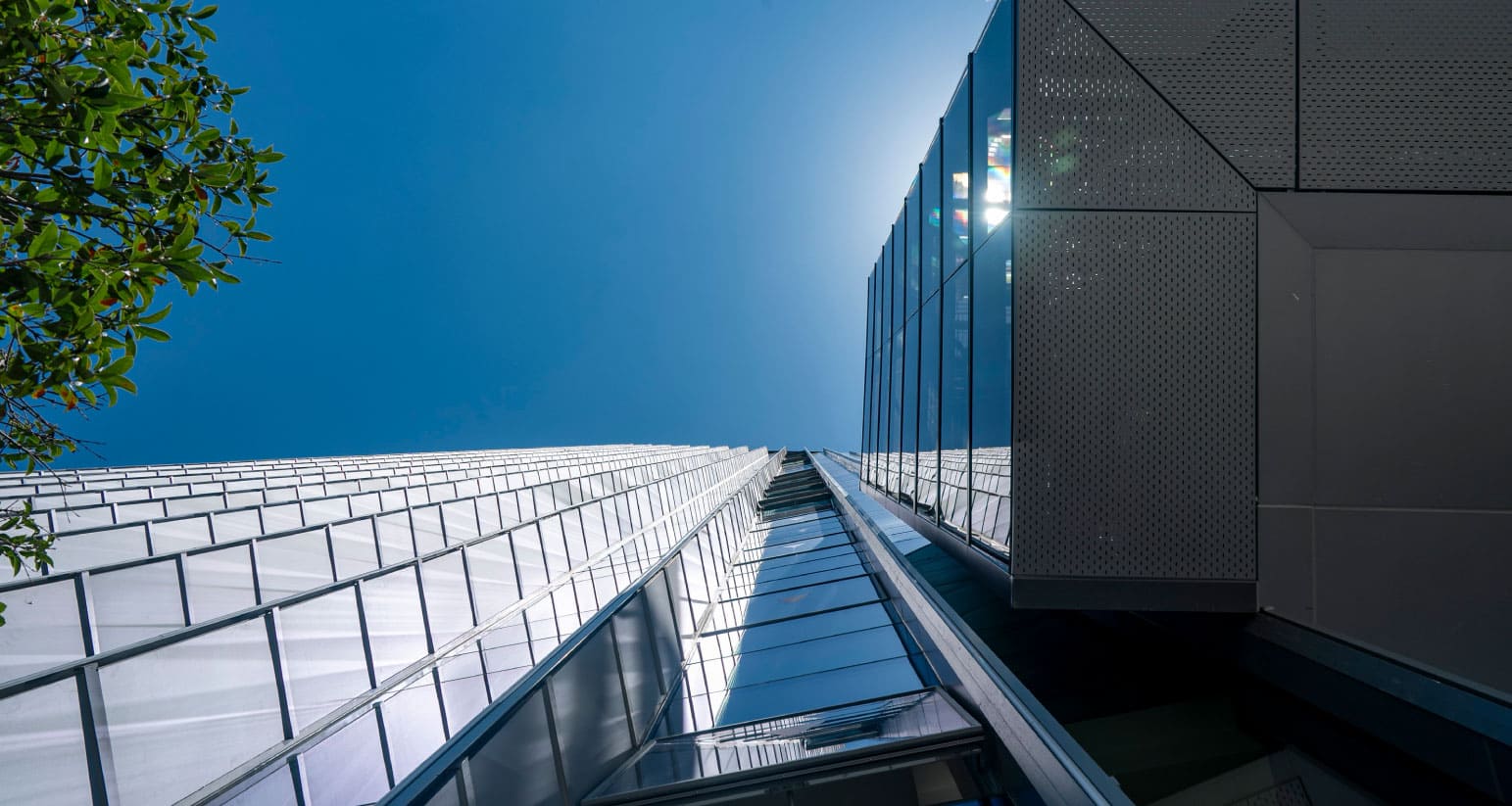Born for Elite Structures: GoodWe's Lightweight PV Meets Embassy Demands
October 27, 2025
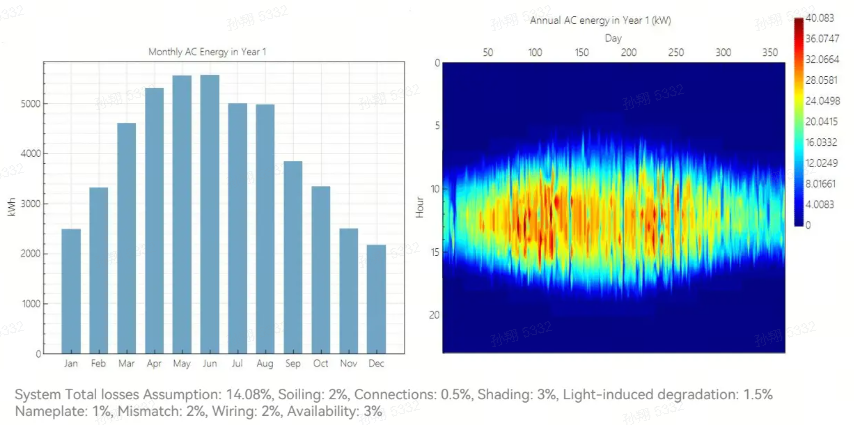
Project Challenges and Solution Selection
To this end, we adopted a fixed structure combining hot-air welding and TPO support tubes to achieve high - strength bonding with the roof waterproof layer. This solution not only avoids mechanical penetration but also ensures long-term weather resistance and waterproof integrity, meeting the high-standard safety and long-term operation requirements of the embassy.
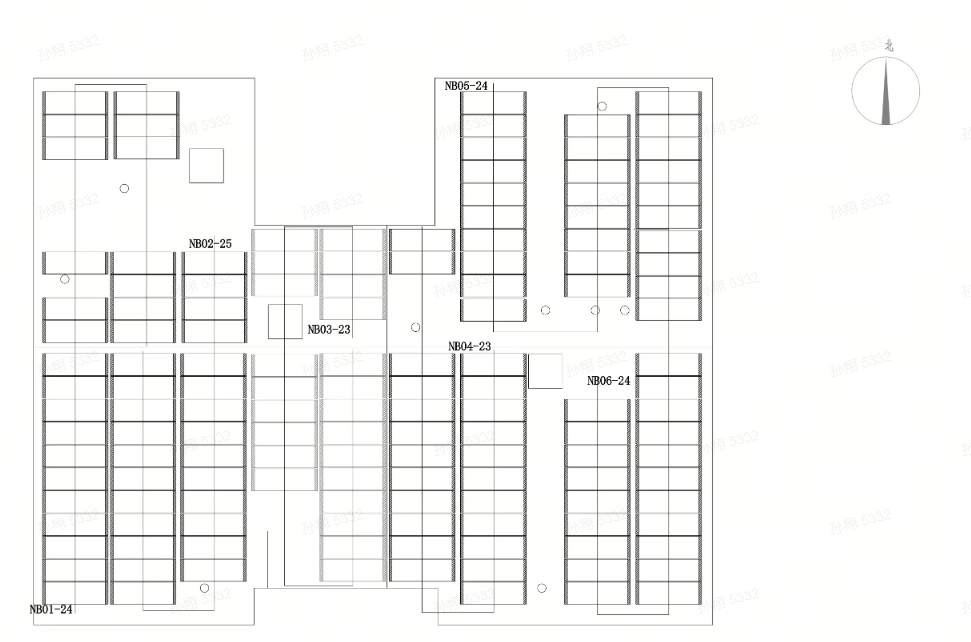
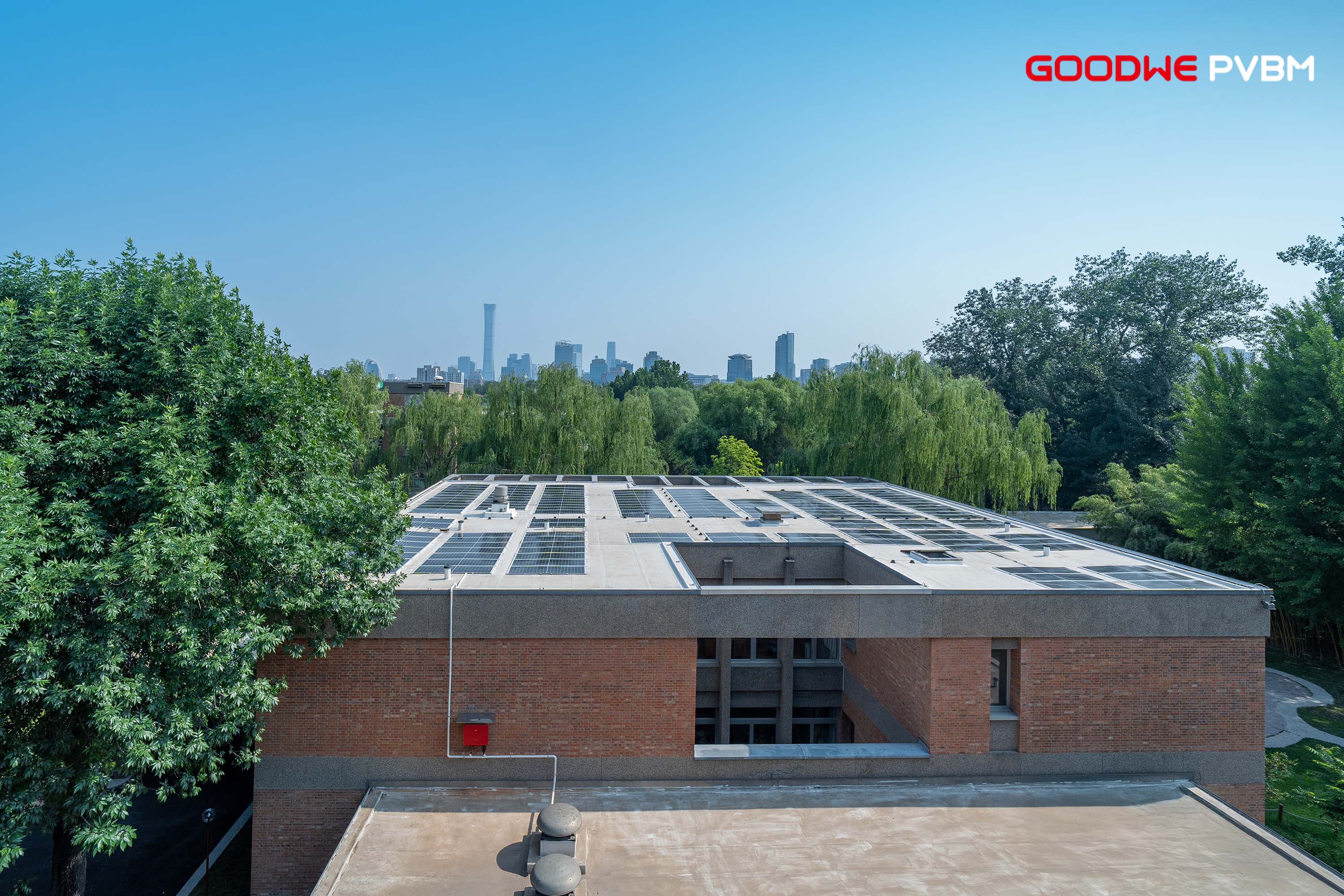
Core Equipment and Technical Highlights
To achieve high efficiency and safety in the project, we selected the following core equipment and technologies:
DC side: 143 units of Galaxy Ultra 2.0 335W (BMT - G3/088A). This series is designed with lightweight glass and optimized encapsulation materials, reducing the weight of a single module by more than 30% compared with conventional modules, greatly reducing the roof load.
AC side: GW40K - SDT - C30, which supports efficient grid connection and has multiple protection and remote operation and maintenance functions.
Monitoring system: The GM330 smart meter and the SEMS intelligent energy management platform can monitor the power generation, power consumption, and energy efficiency in real - time, ensuring intelligent subsequent operation and maintenance.
Practical Application Value
Emphasizing Both Roof Safety and Aesthetics
The non- penetrating hot-air welding method ensures the long-term waterproof performance of the embassy's roof. According to the project requirements, the Galaxy Ultra series integrates and encapsulates Sika PVC waterproofing membranes, guaranteeing the roof waterproof warranty. The lightweight design eliminates the need for additional structural reinforcement.
2. Replicability and Demonstration Effect
Embassy buildings are often located in the core areas of cities, with limited roof space and sensitive load - bearing conditions. This case demonstrates the feasibility of lightweight photovoltaics in similar scenarios, providing an example for more international institutions, embassies, schools, and public buildings.
3.Green Diplomacy and Image
Project The photovoltaic system not only provides clean electricity but also showcases the technological innovation of the Swiss Embassy in sustainable development and environmental responsibility. We expect that the successful implementation of this project can inspire more institutions in China to follow suit, creating a chain effect of a "green embassy cluster".
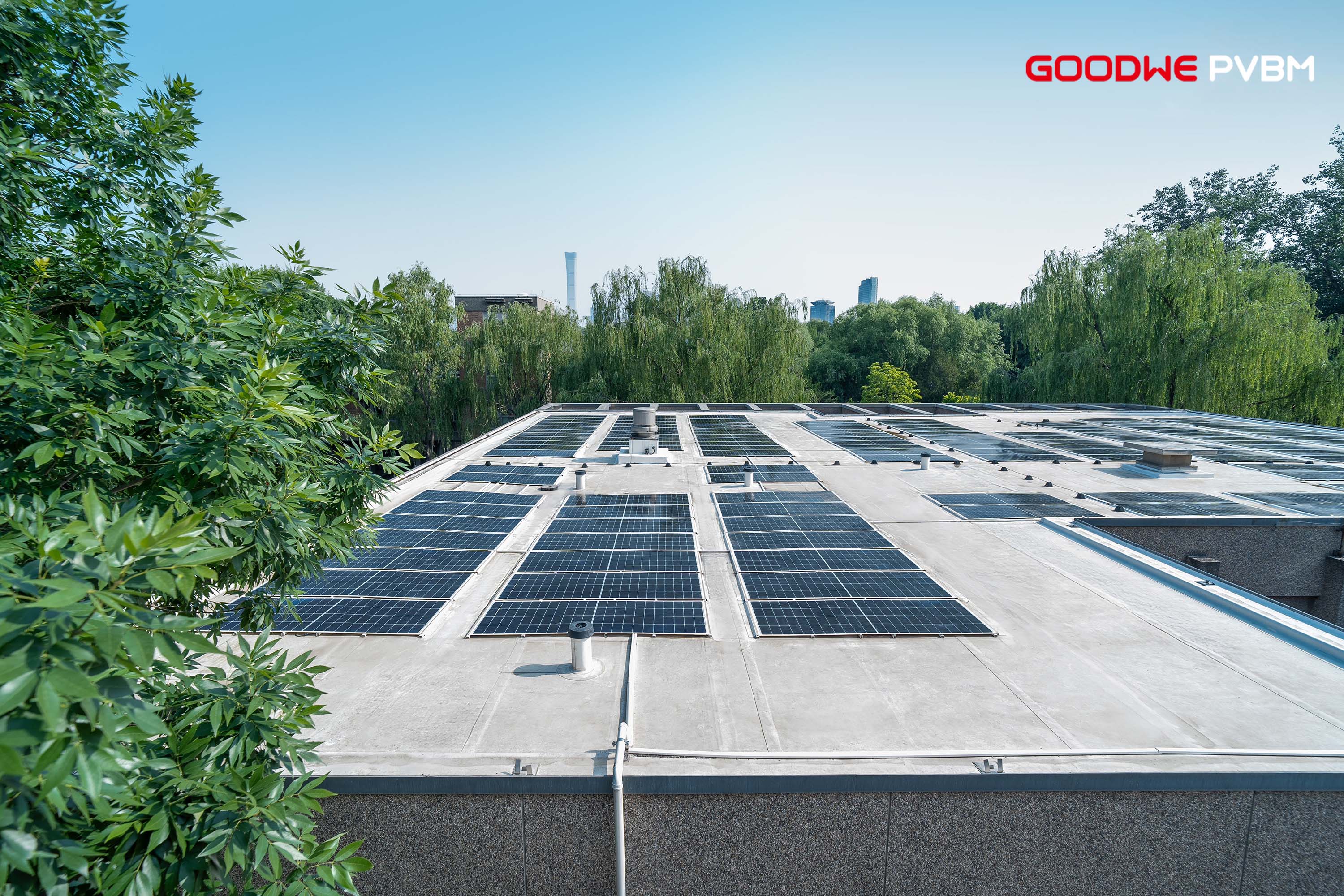
Conclusion
The Swiss Embassy's photovoltaic project is not only a successful implementation of a rooftop power generation system but also a model of the perfect combination of lightweight photovoltaic technology and high - standard building requirements. The technologies and solutions demonstrated in this project will continue to provide more adaptable and safe photovoltaic integration solutions for global users. In the future, we look forward to more international institutions choosing to cooperate with GOODWE to jointly promote the implementation of sustainable energy in the core buildings of global cities.

